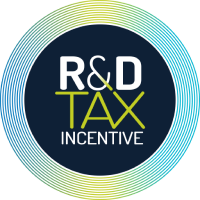Publicly available information
What is publicly available information?
Publicly available information is information that is “reasonably accessible”, via sources that are free of charge or that you can gain access to on reasonable financial terms.
Demonstrating that no publicly available information exists
To pass this test, you need to be able to show that:
- you have carried out appropriate research into the current state of knowledge regarding your scientific or technological uncertainty, and
- why the existing knowledge fails to provide an answer to the uncertainty.
What resources should I check?
There’s no single check list of resources, as this will depend on the sector you operate in and the particular nature of your scientific or technological uncertainty.
As a general guide, the resources you could expect to consult include:
- published patents
- the internet
- trade or professional journals
- other professionals.
The knowledge doesn’t have to be available for free
Remember, if knowledge on how to resolve your uncertainty can be purchased on reasonable terms, then it’s considered to be publicly available in the context of the RDTI.
However, some knowledge may not be reasonably accessible through commercial means. For example, the knowledge may be disclosed in a granted patent, but can’t be licensed from the patent owner on affordable terms. In this scenario, it can be considered that the knowledge is not publicly available.
What if I choose to find my own solution, rather than pay for an existing one?
If you choose to develop your own solution to an uncertainty, rather than pay for an existing solution, then this wouldn’t be eligible for the RDTI.
An exception would be where the existing knowledge is still a trade secret - provided you are not trying to reverse engineer an existing product, which would not meet the scientific or technological uncertainty test.
